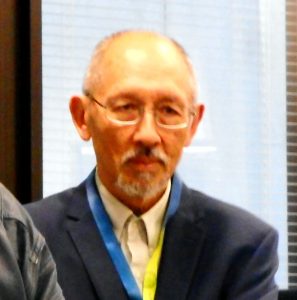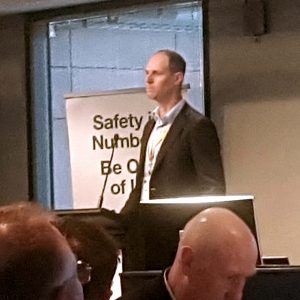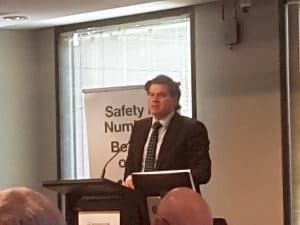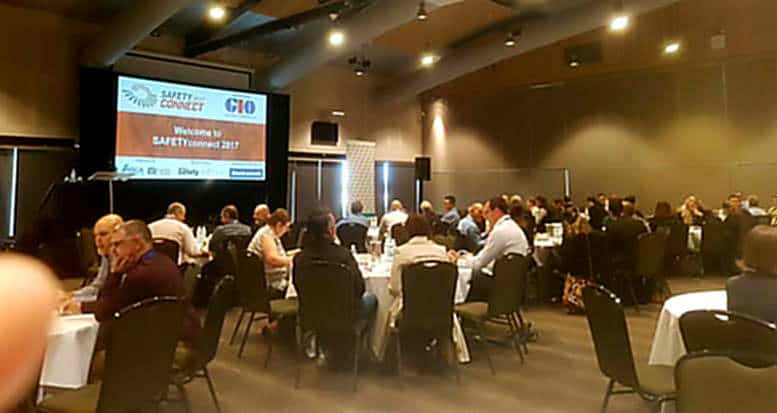 The ideal outcome of attending a safety conference or seminar is to hear something new, some innovation that inspires, or gain a hint for a potential opportunity. In occupational health and safety (OHS) this rarely happens. So the most common outcome is clarification or reinforcement. This was my experience at a Professor Erik Hollnagel seminar in Melbourne on October 3, 2017.
The ideal outcome of attending a safety conference or seminar is to hear something new, some innovation that inspires, or gain a hint for a potential opportunity. In occupational health and safety (OHS) this rarely happens. So the most common outcome is clarification or reinforcement. This was my experience at a Professor Erik Hollnagel seminar in Melbourne on October 3, 2017.
Hollnagel’s Safety II concept has been round for several years now and has had considerable influence on the thinking of OHS professionals, if no one else. Safety II has generated several commercial and academic offshoots that provide hope for a more realistic and practical application of safety principles.

 The launch of a “Vision Zero” campaign about occupational health and safety (OHS) was a major element of the recent
The launch of a “Vision Zero” campaign about occupational health and safety (OHS) was a major element of the recent  Every safety conference needs a
Every safety conference needs a  A safety conference in Victoria Australia today heard from
A safety conference in Victoria Australia today heard from  This week’s
This week’s  The most
The most 